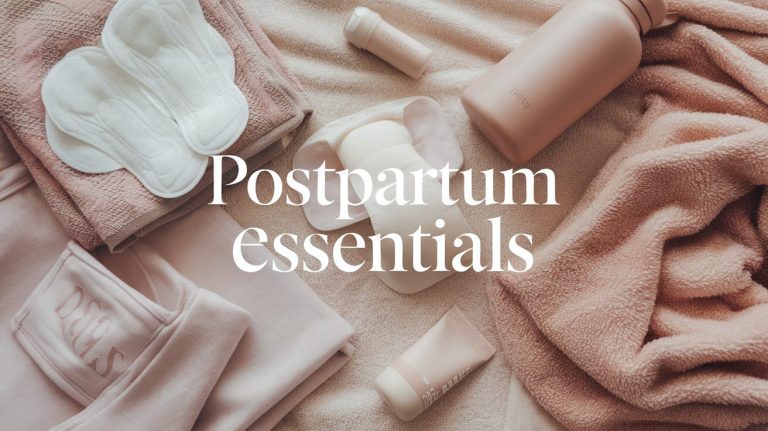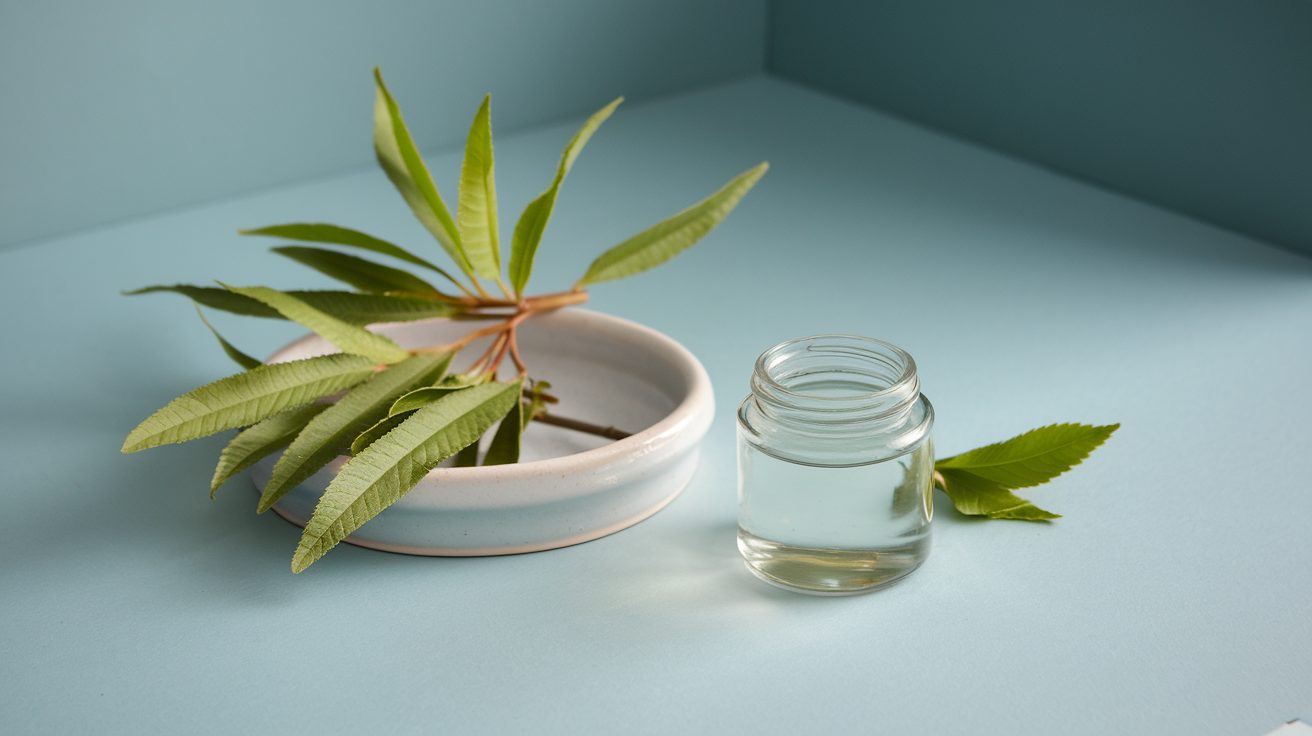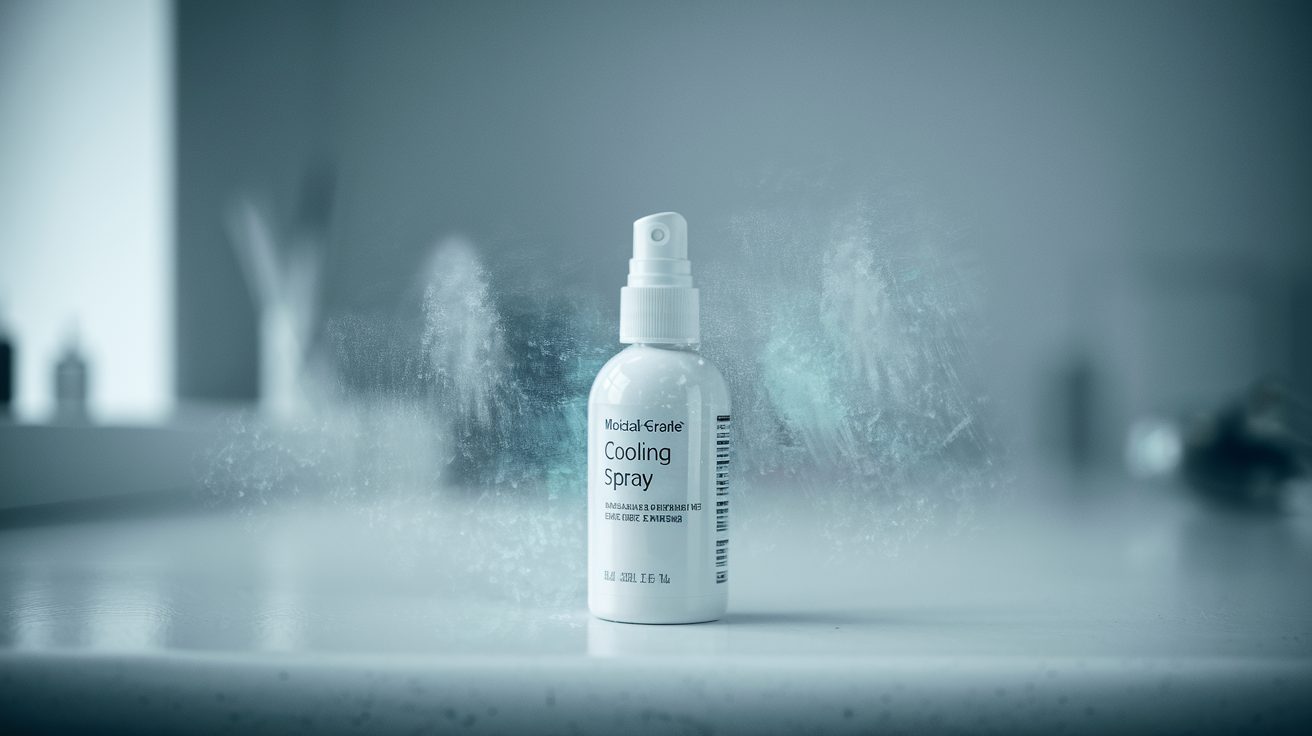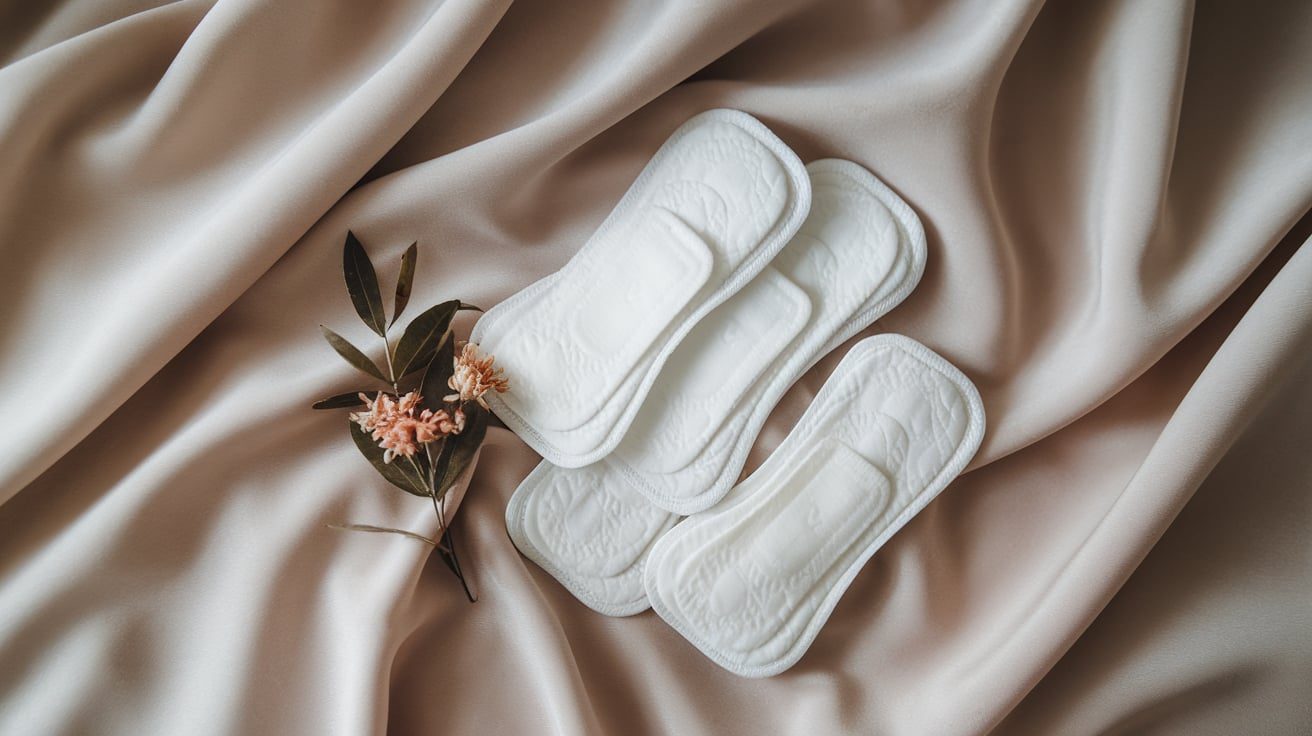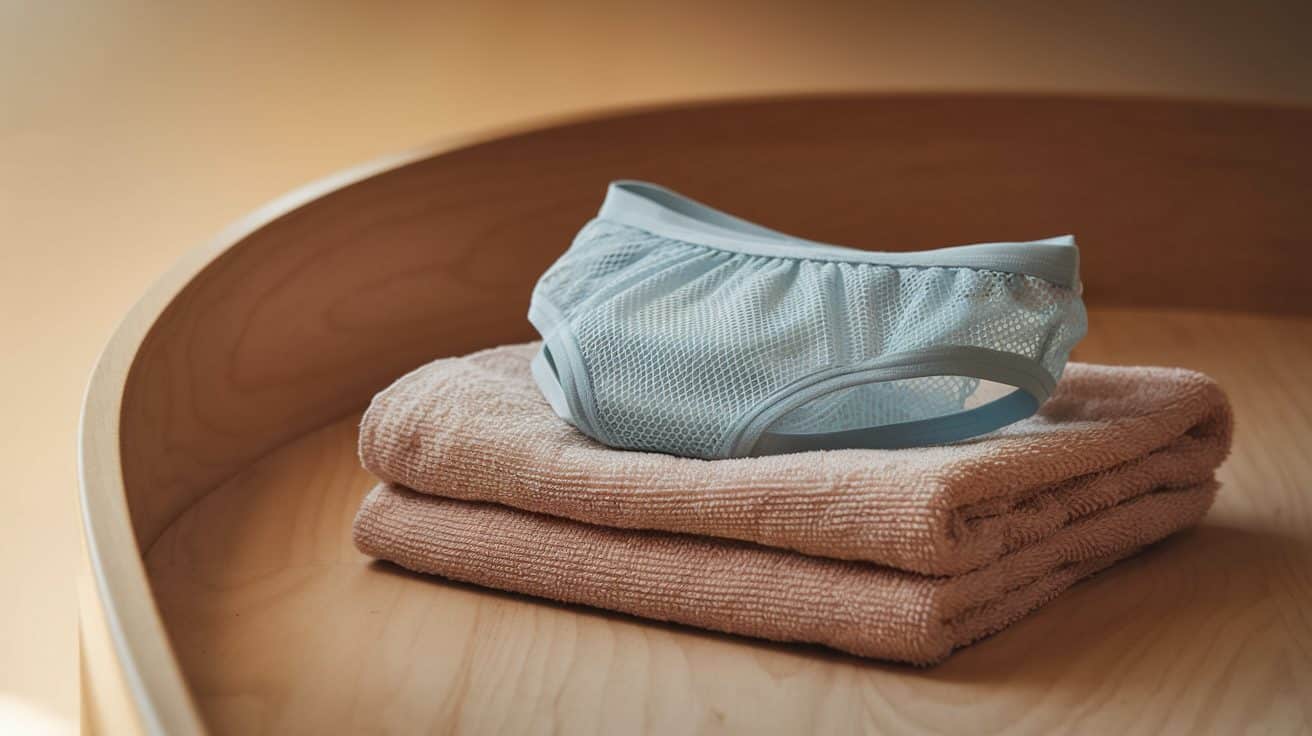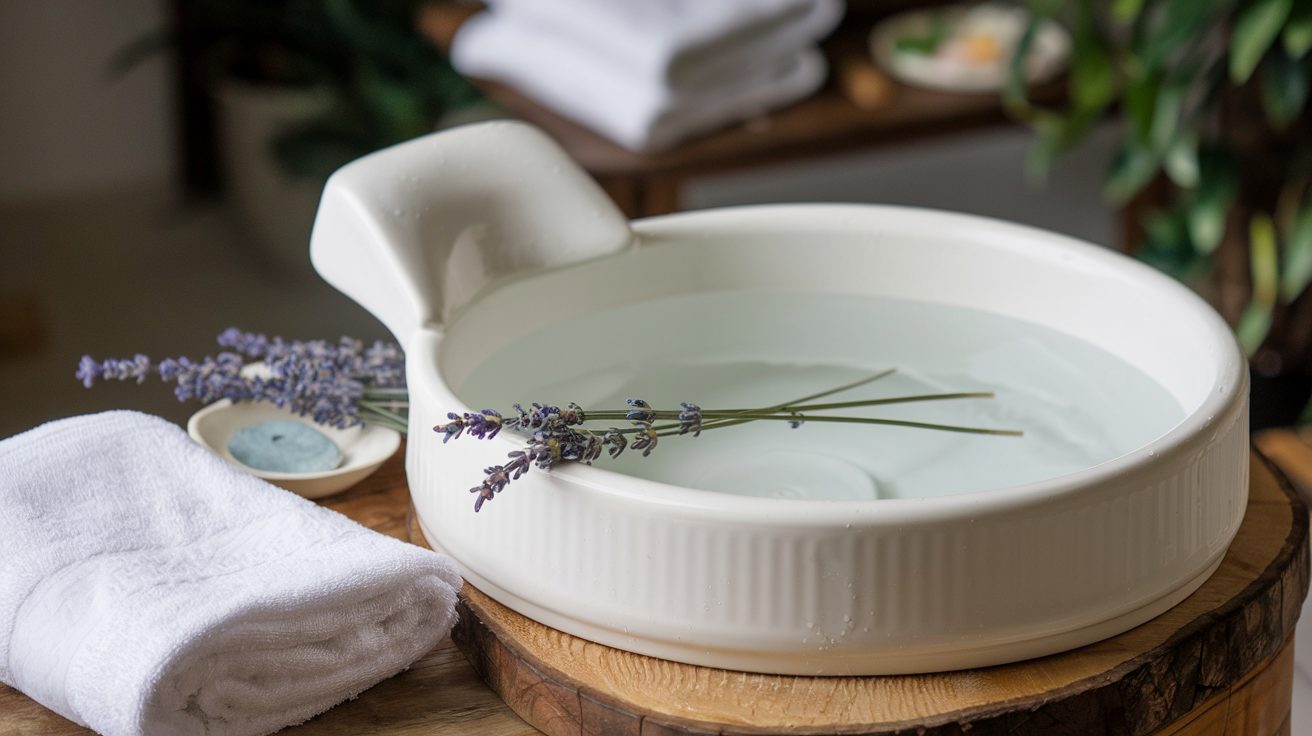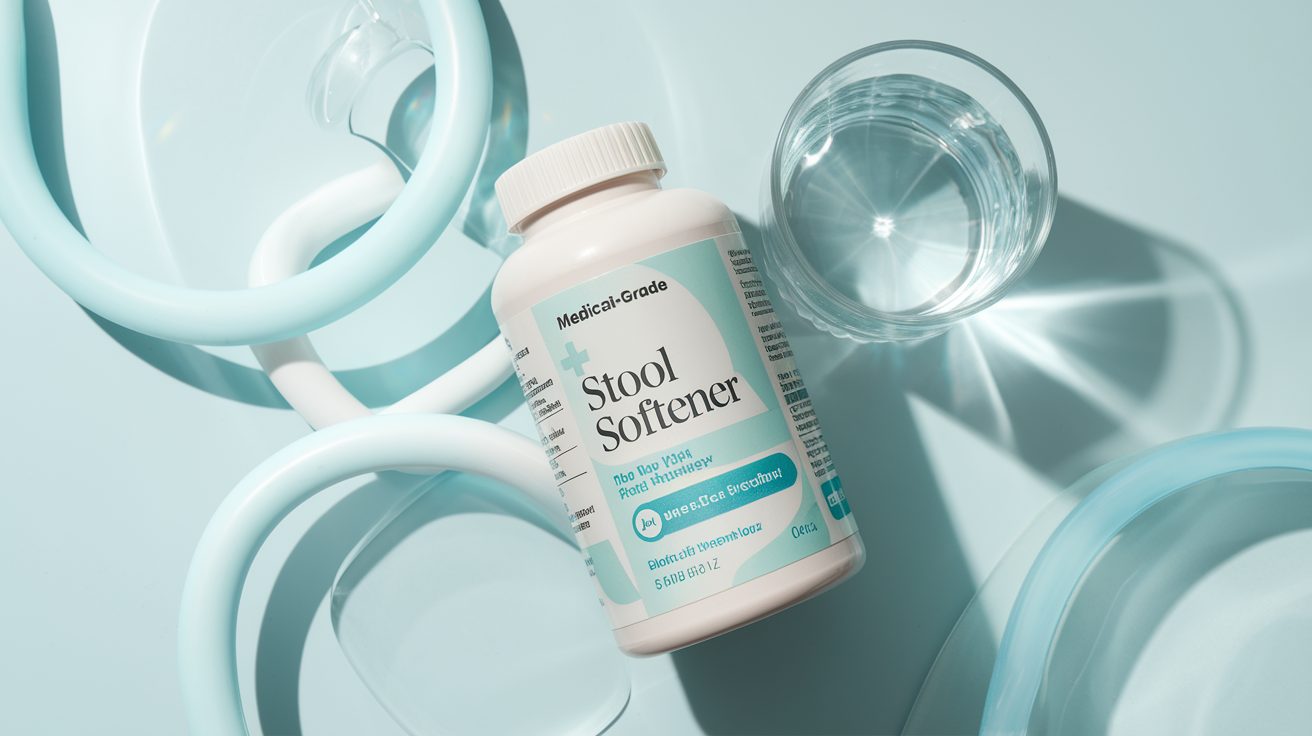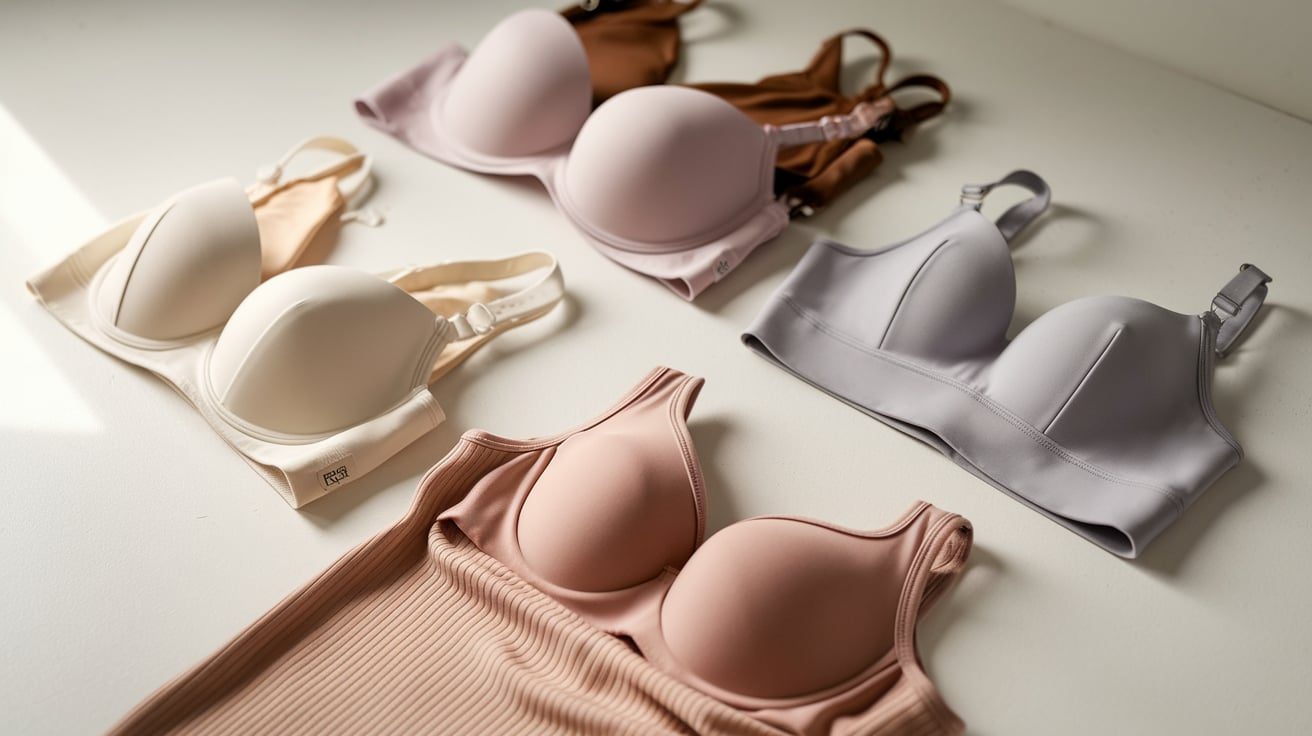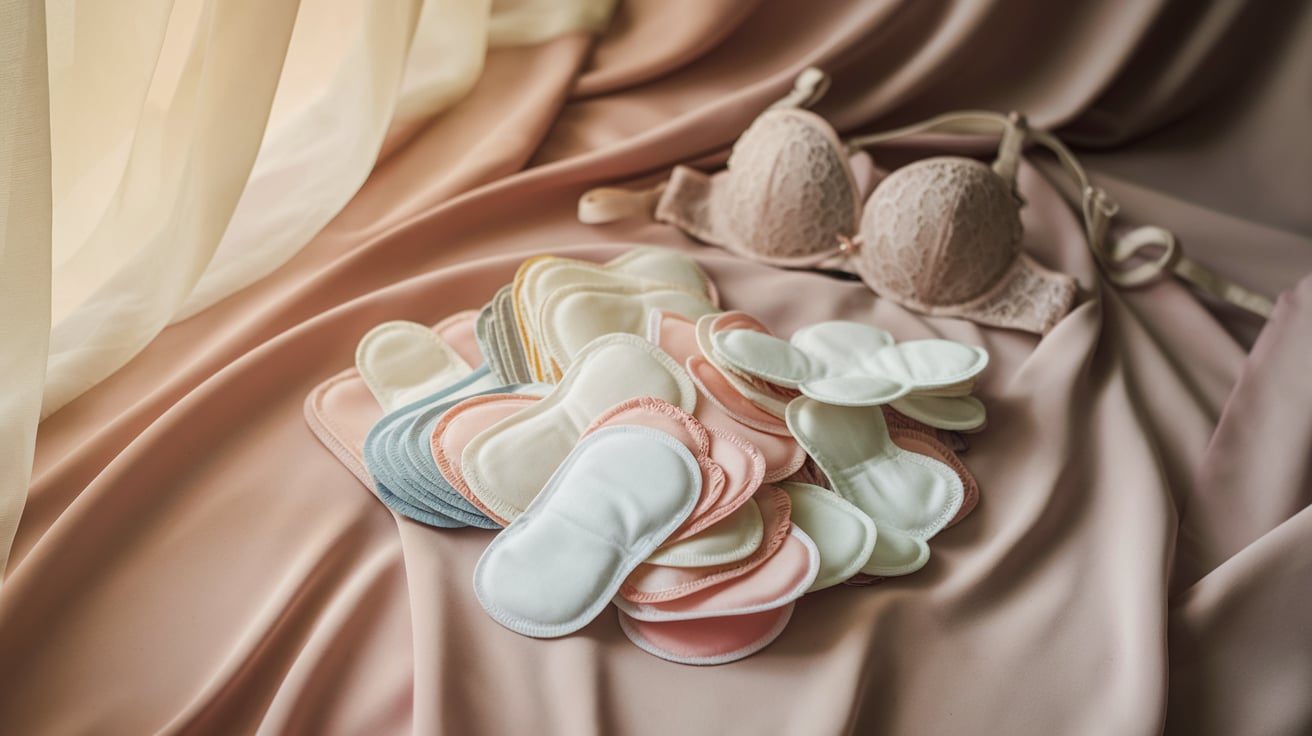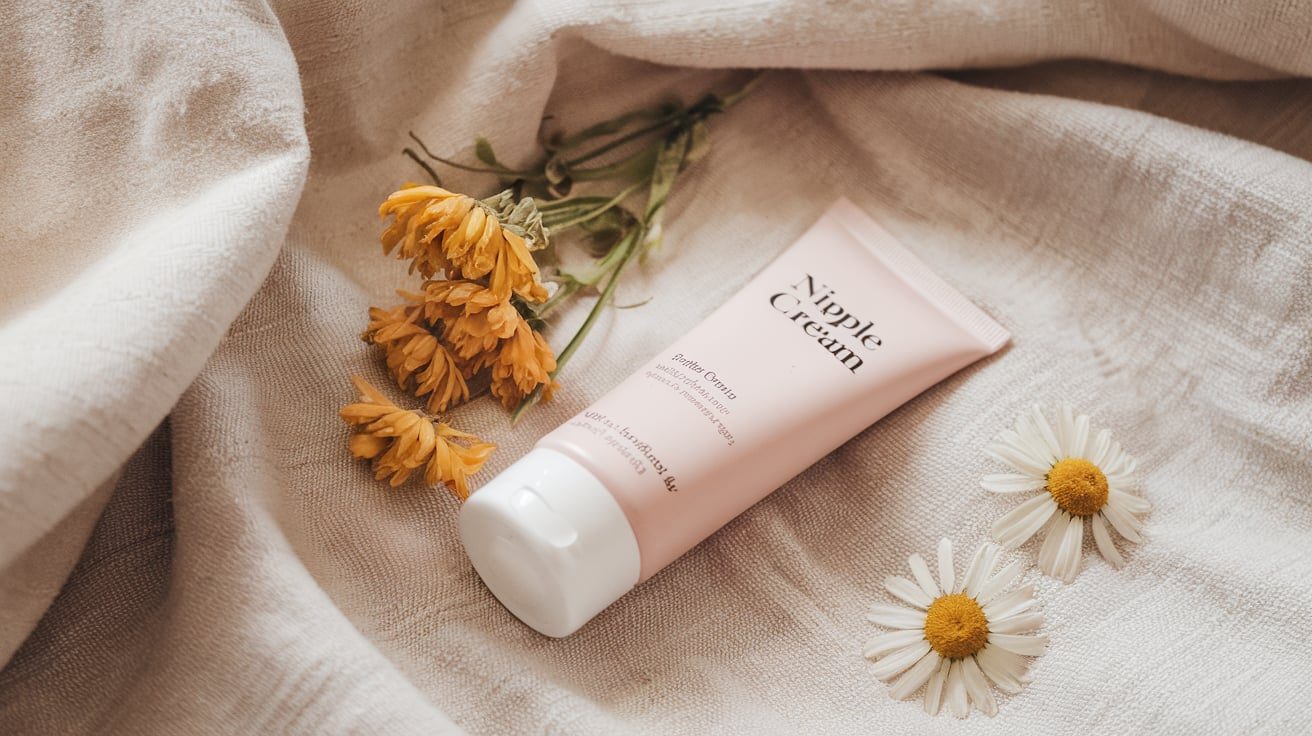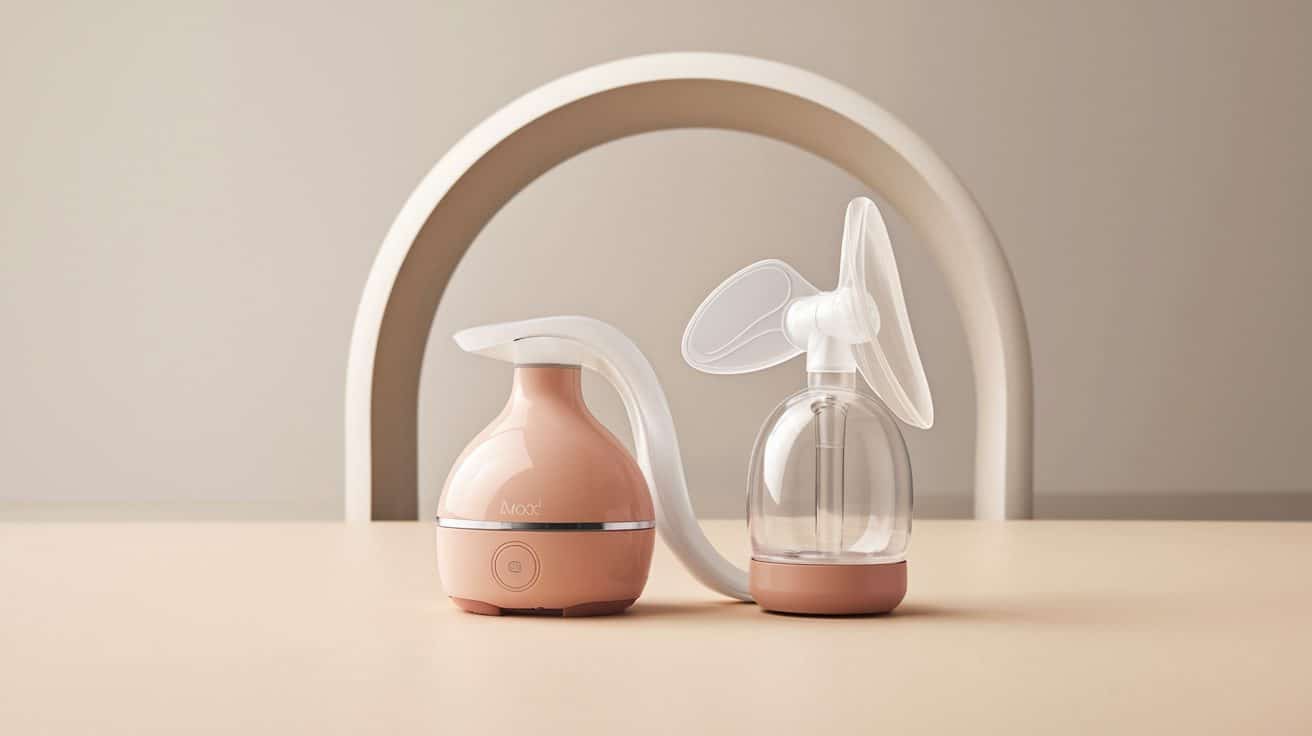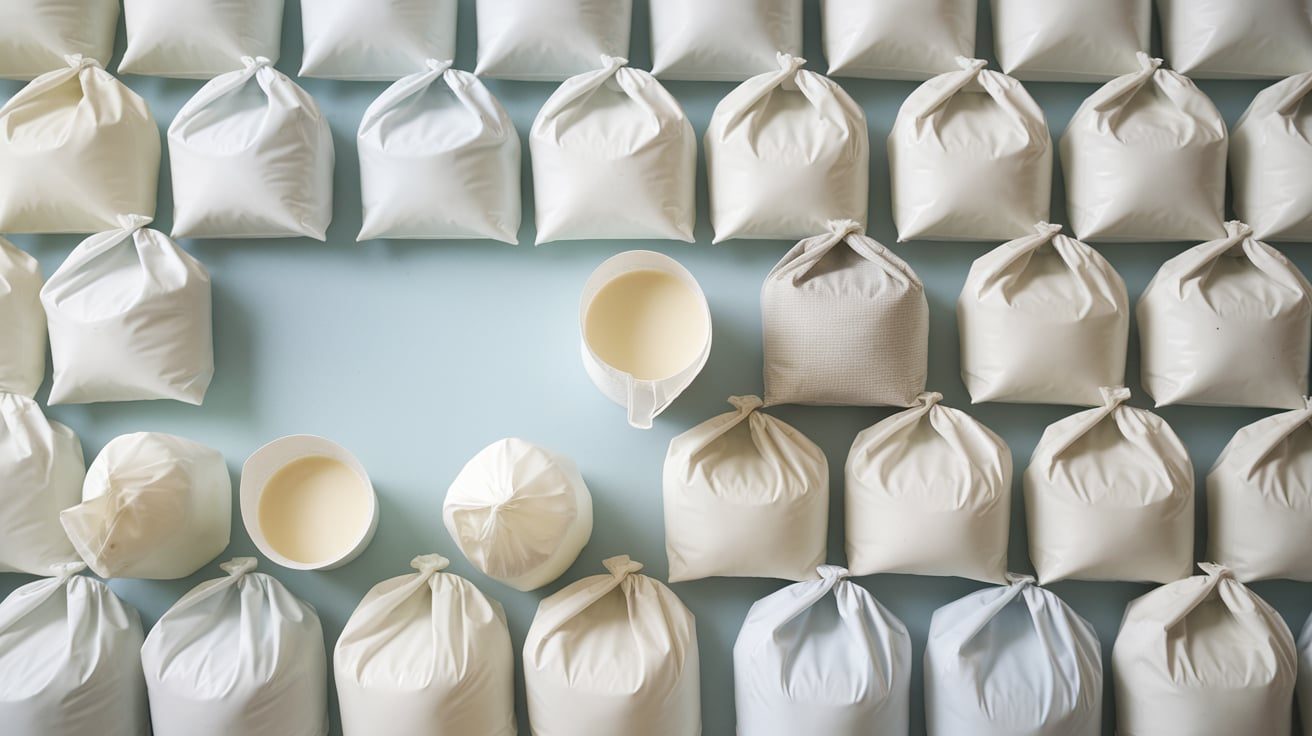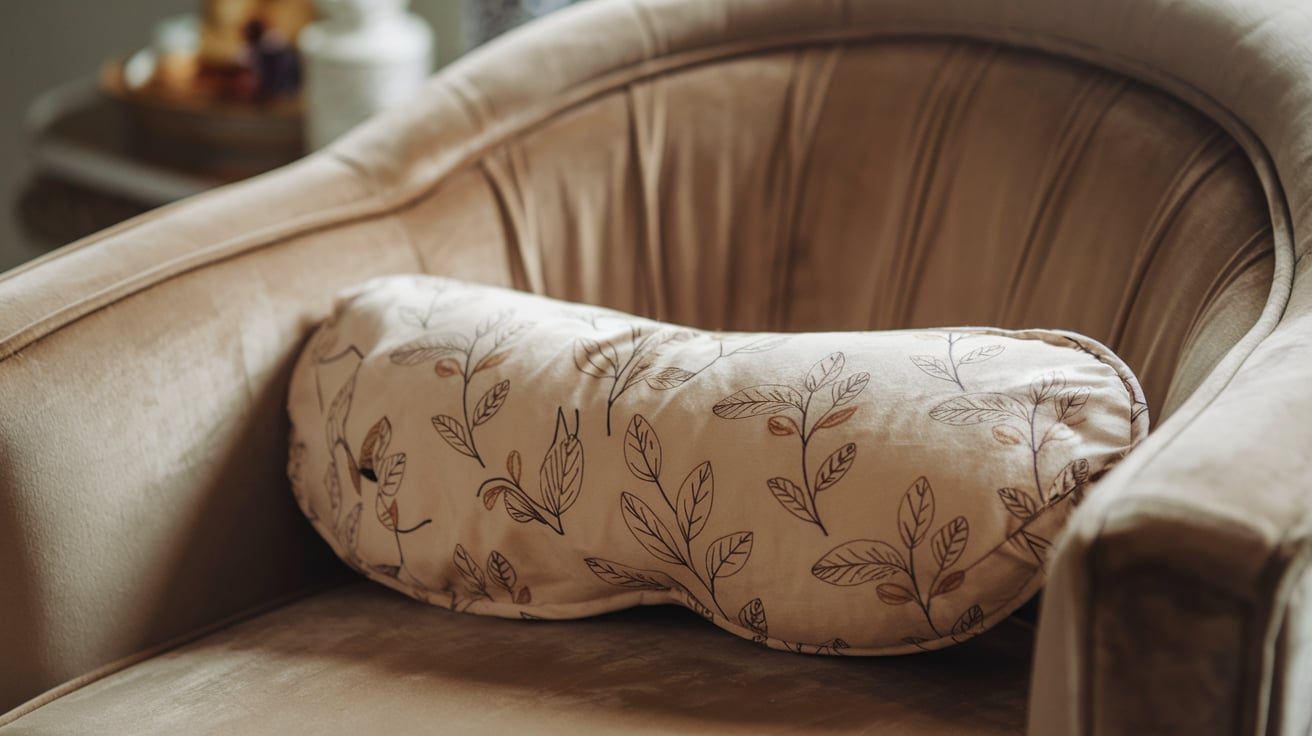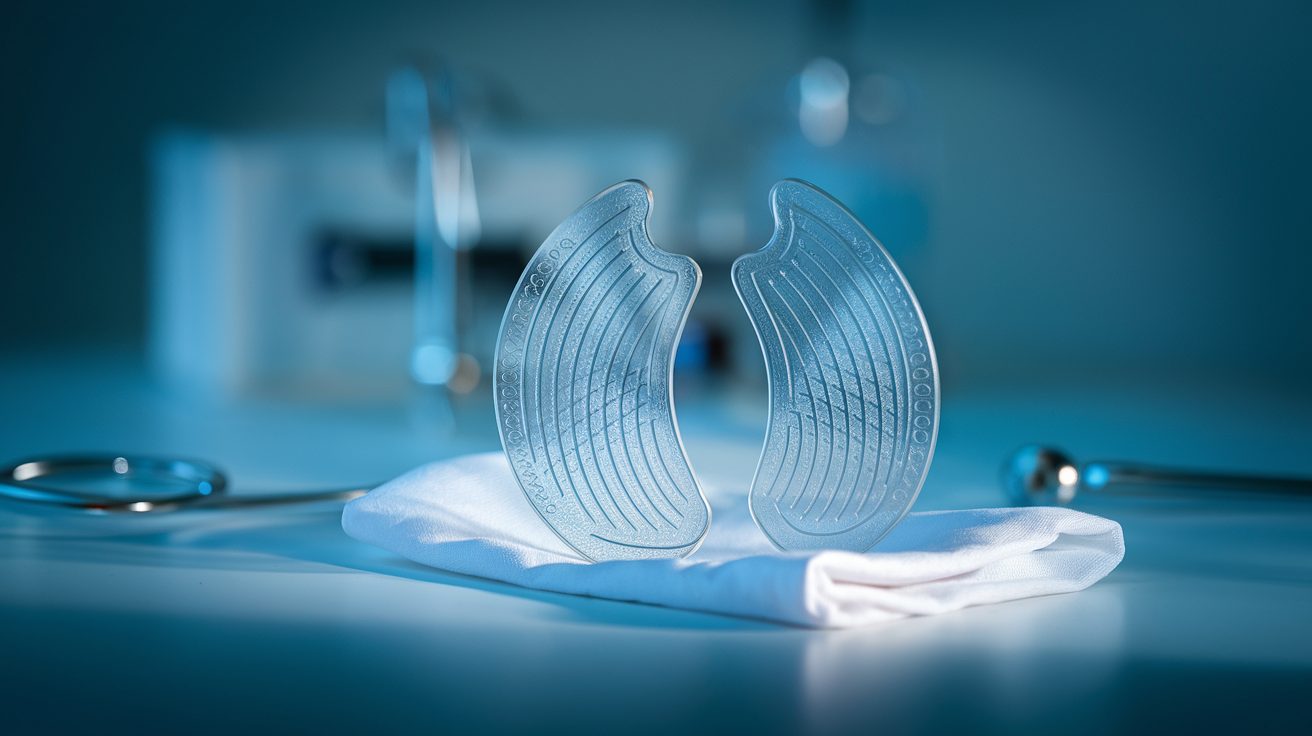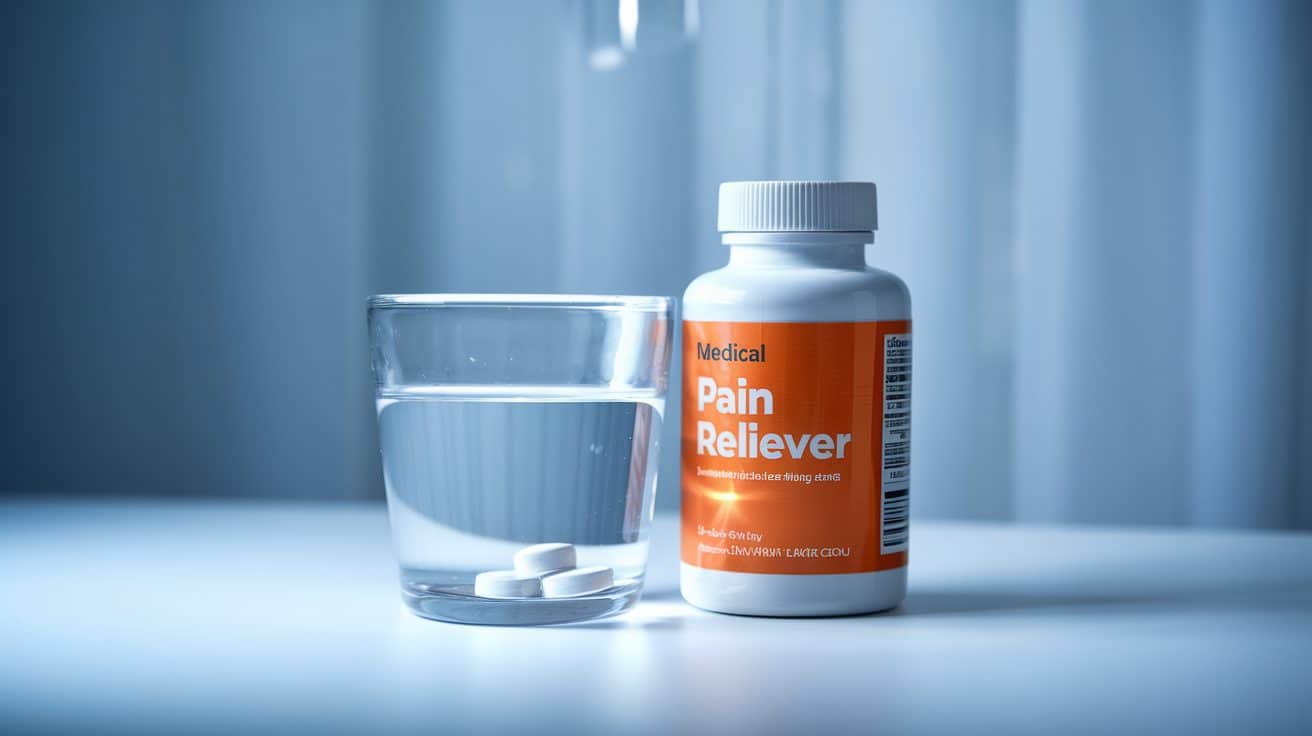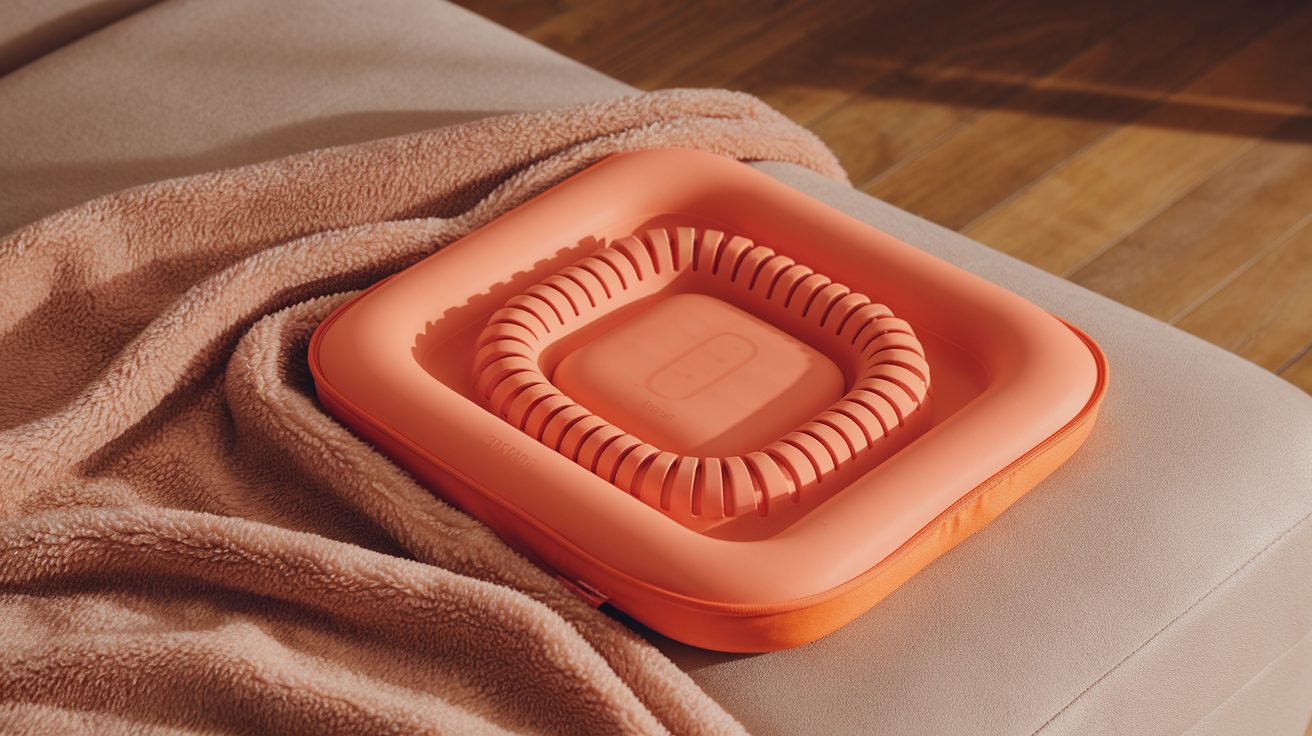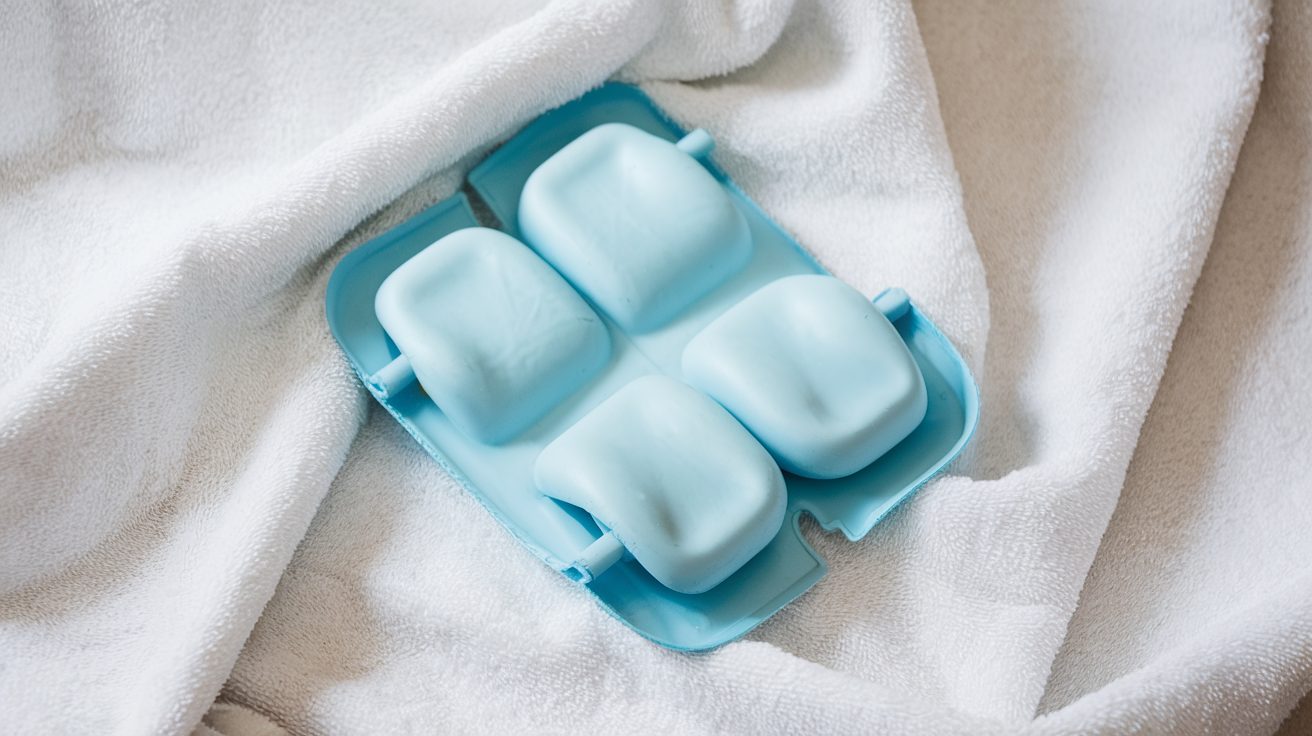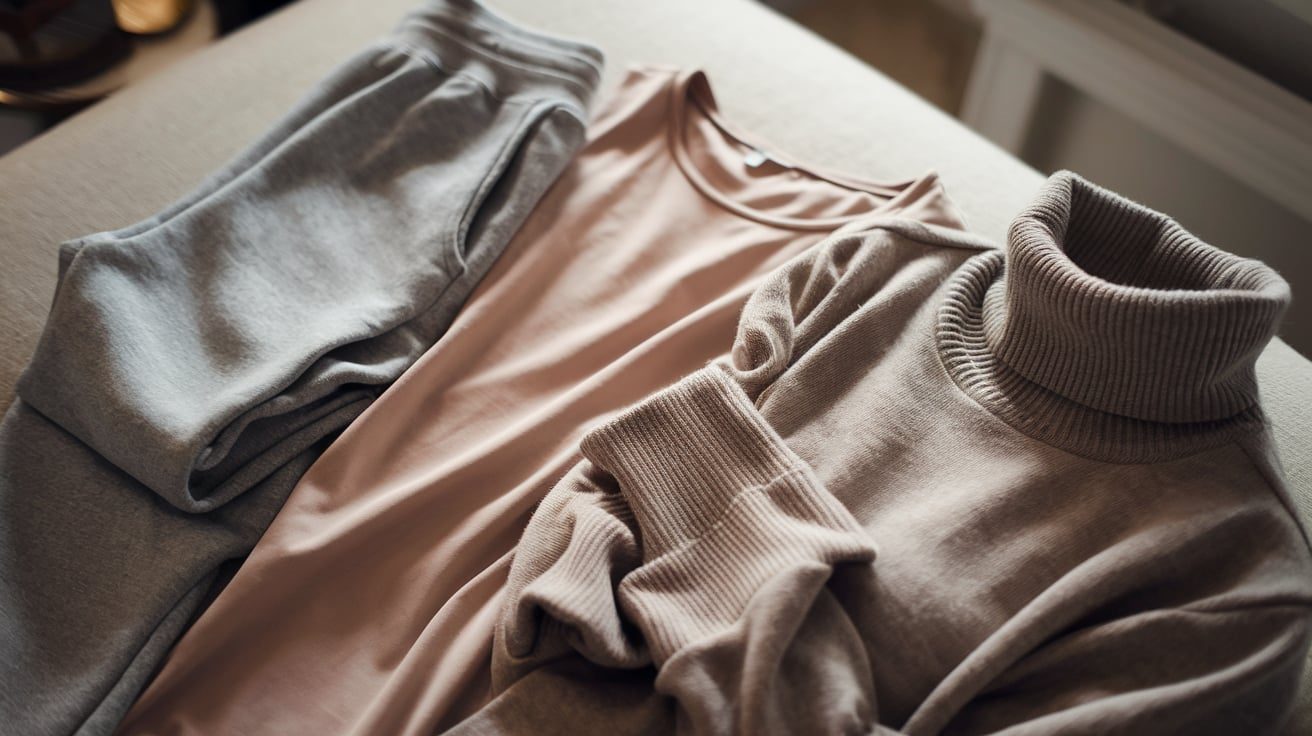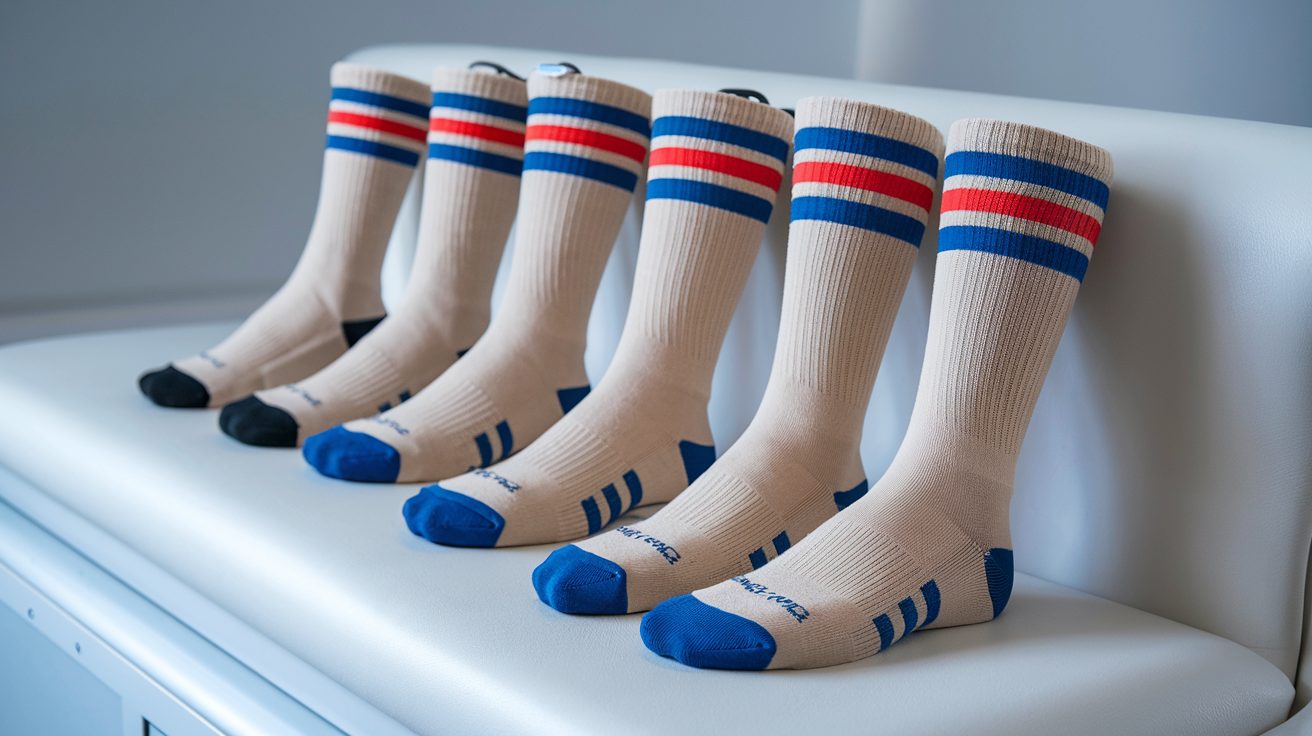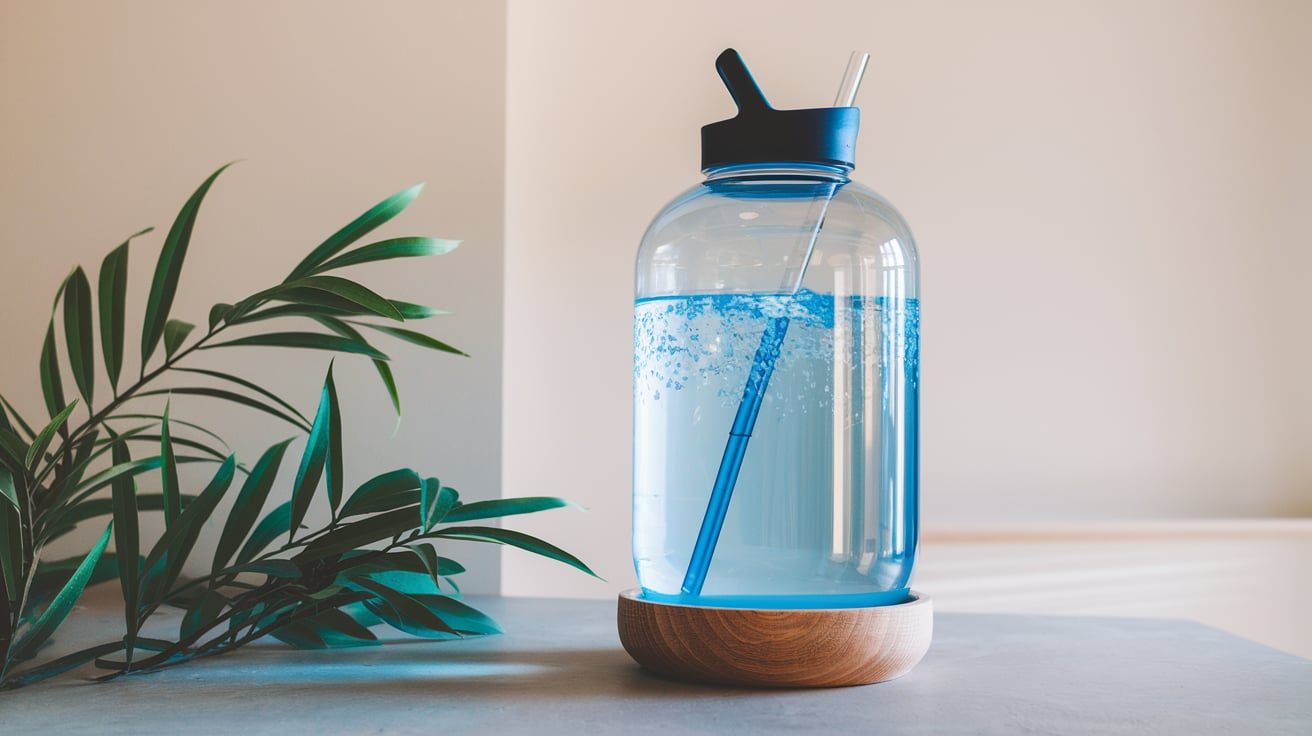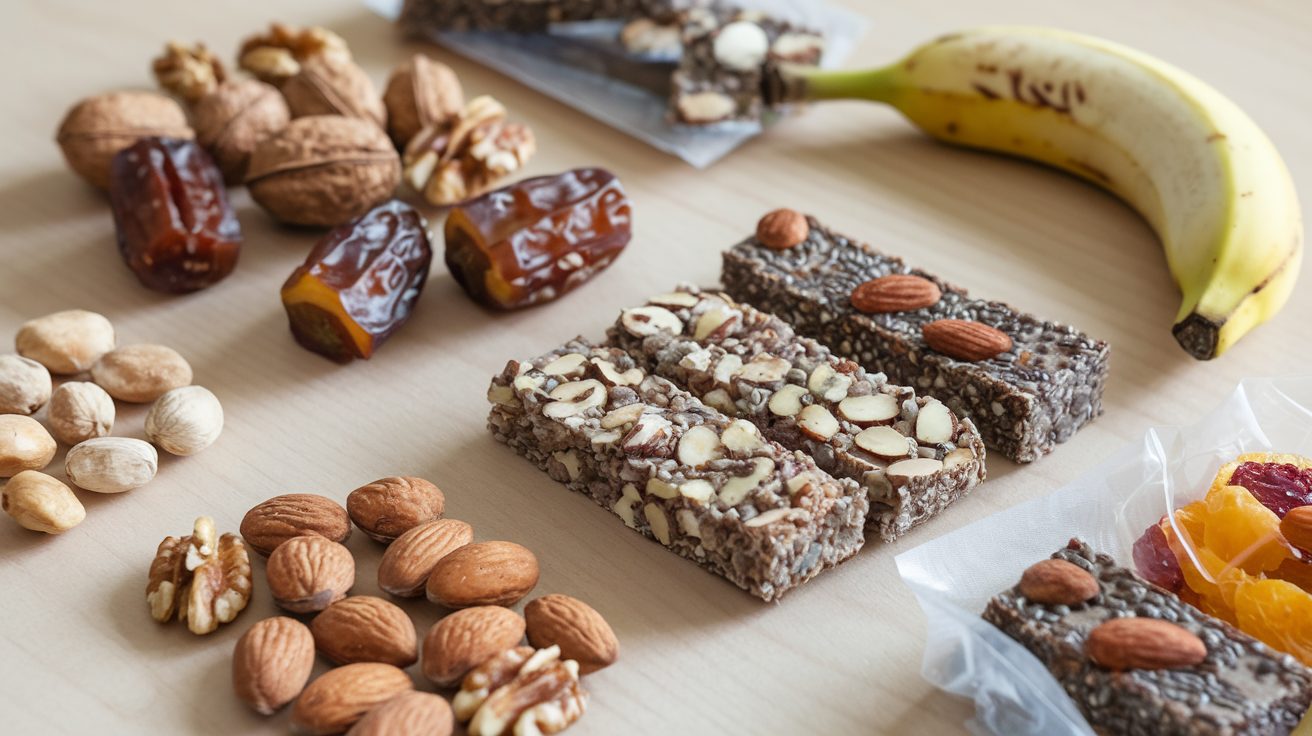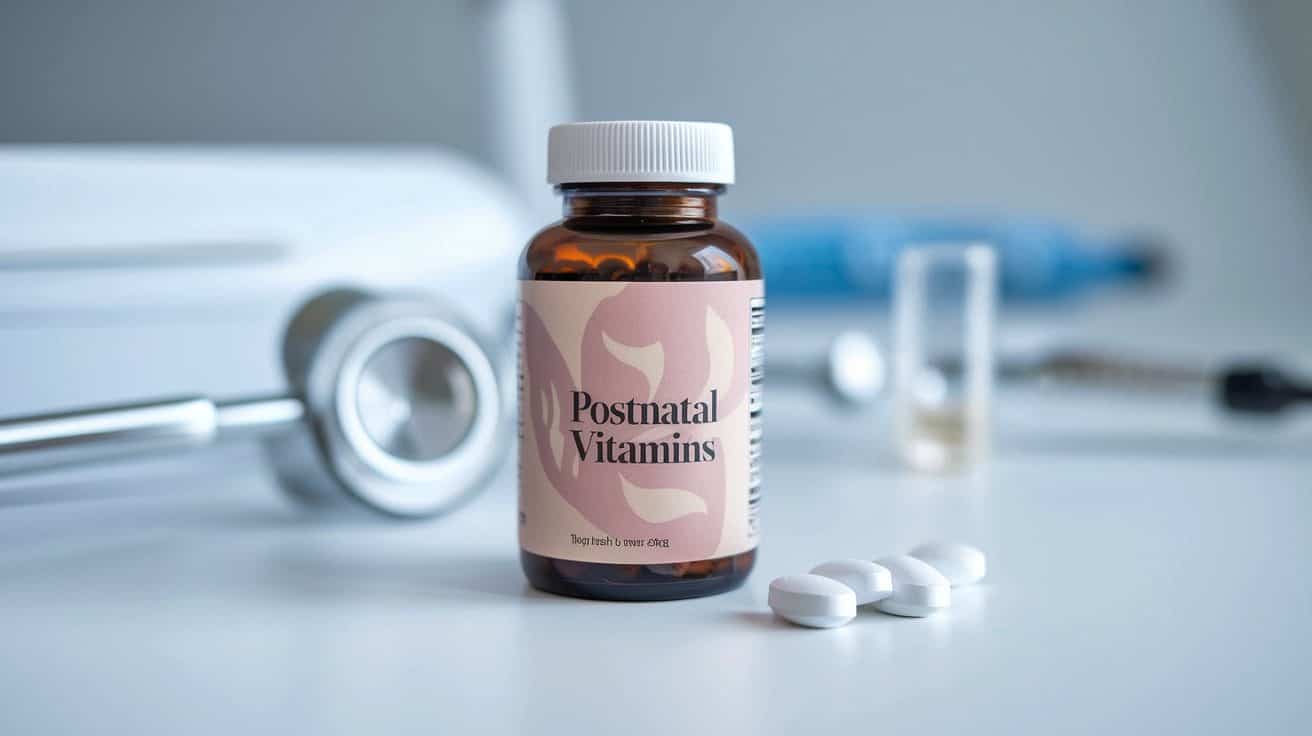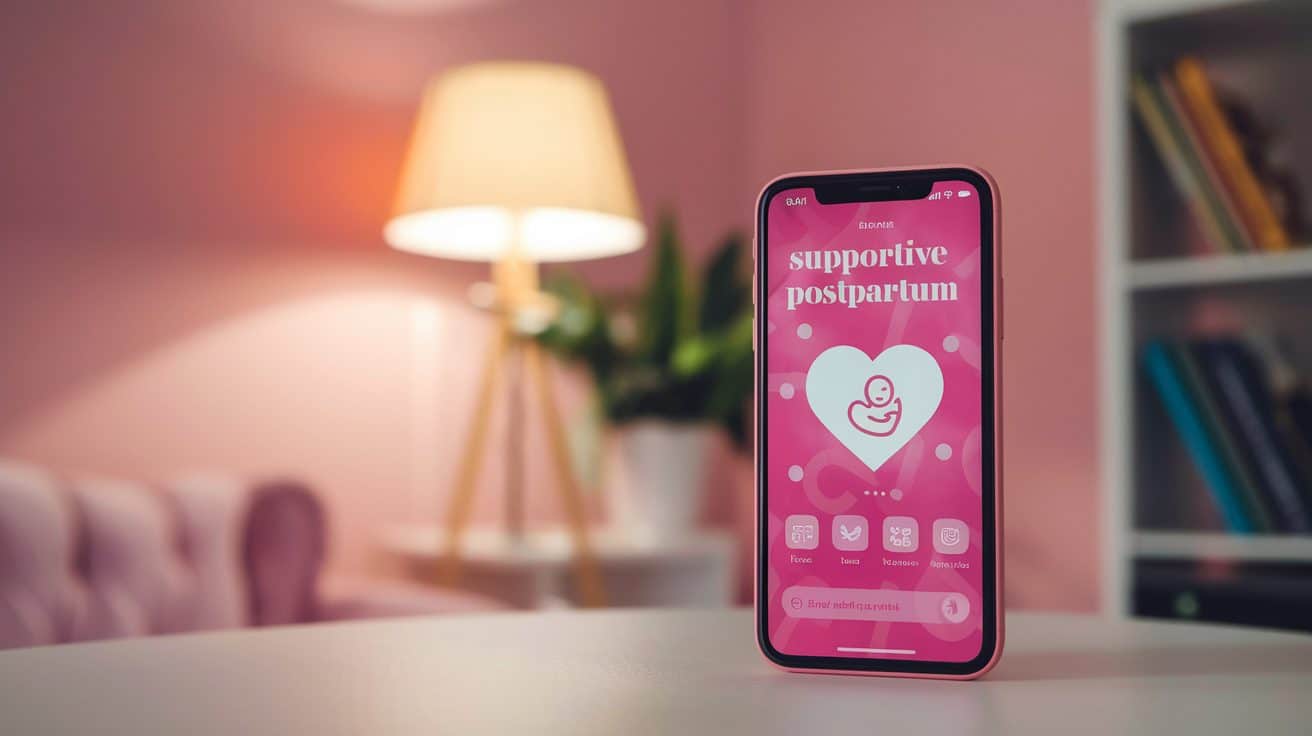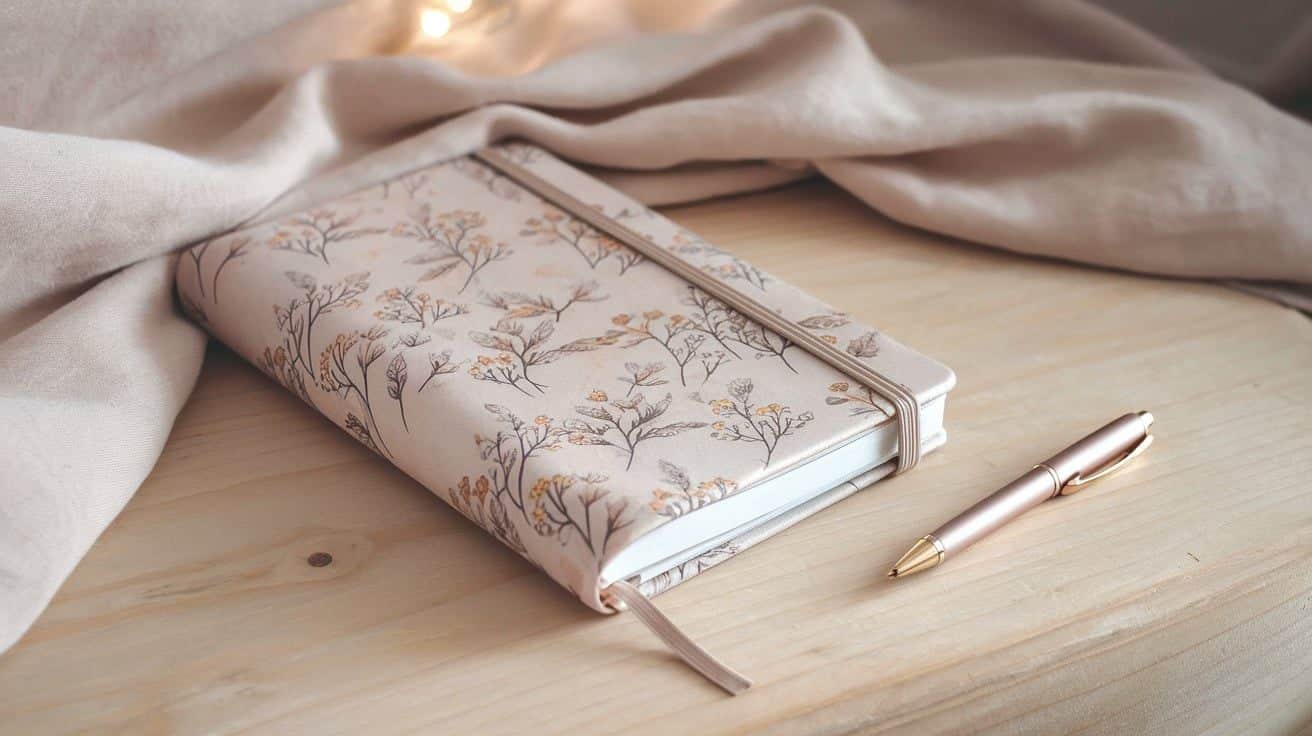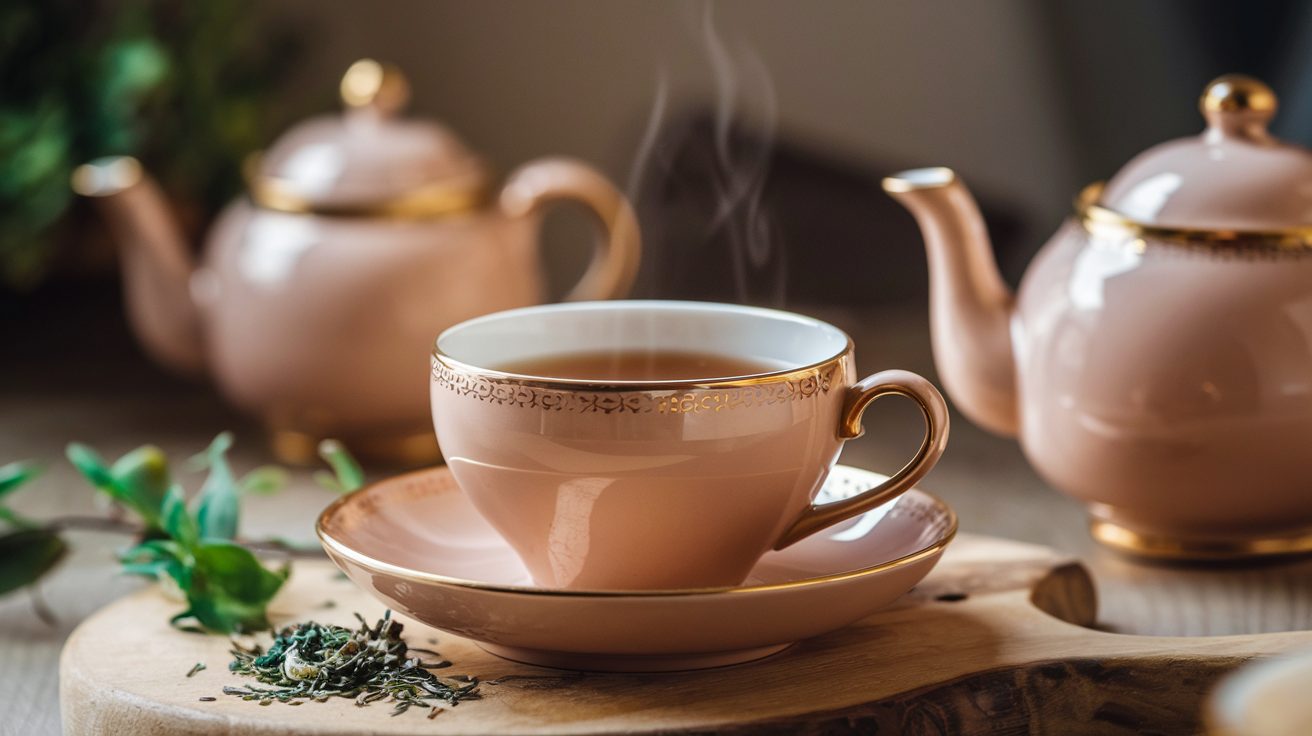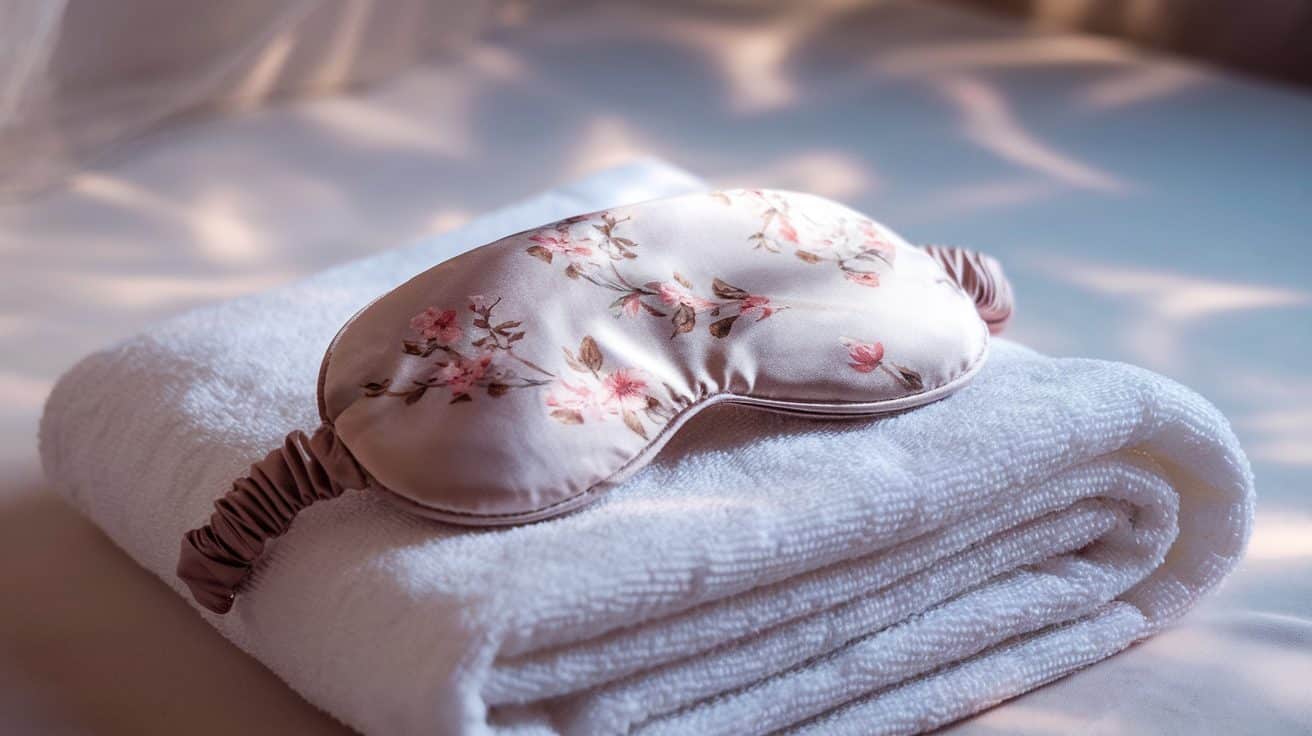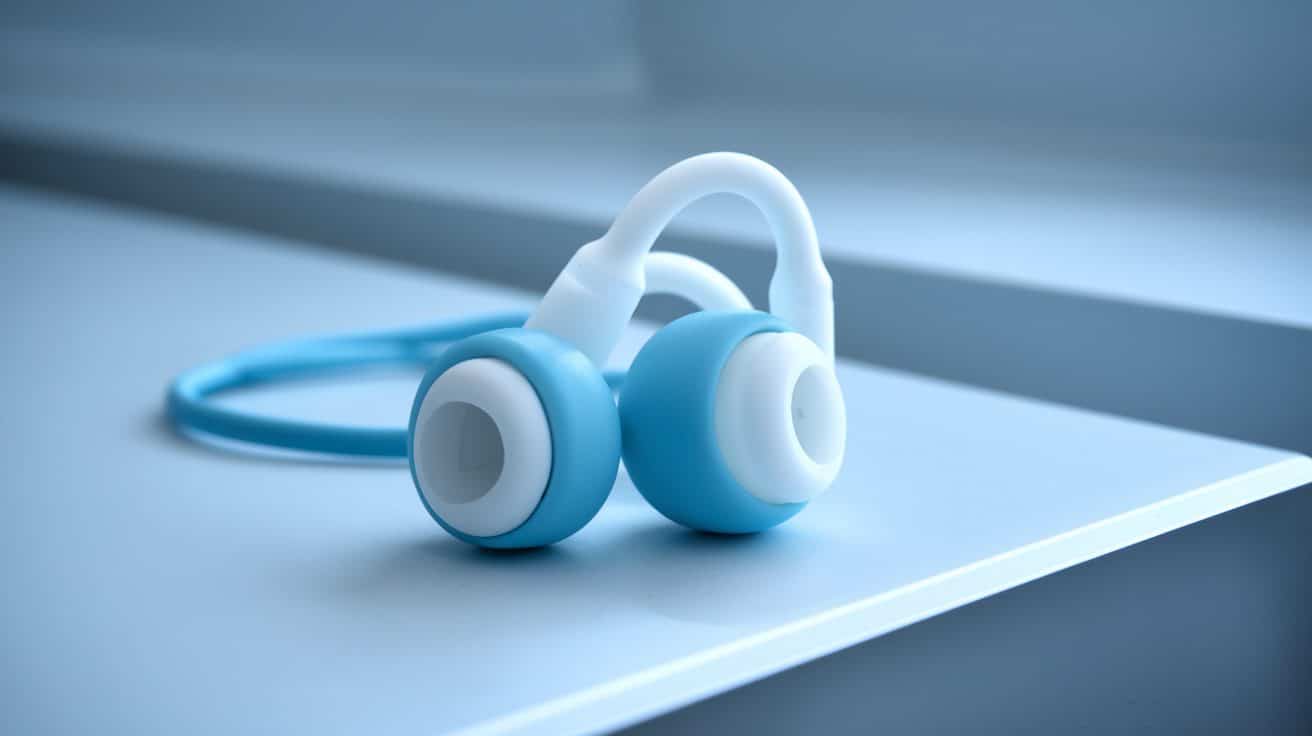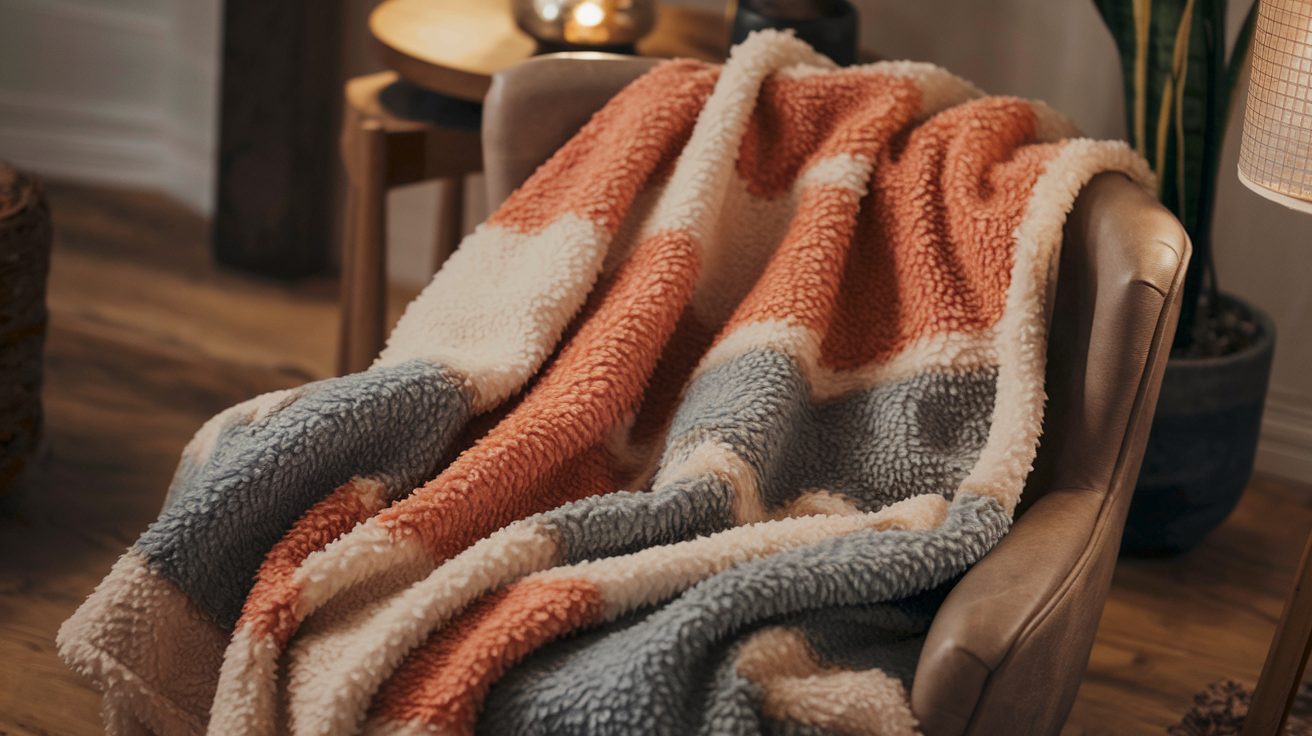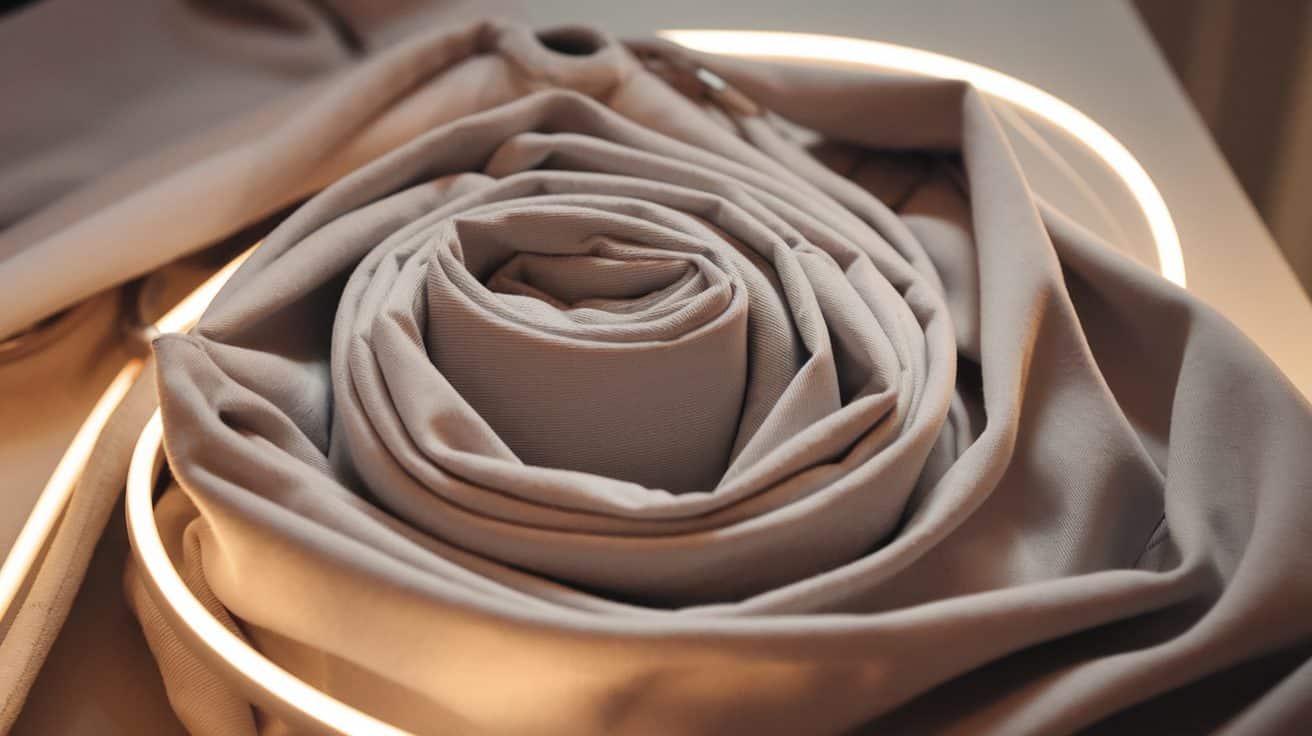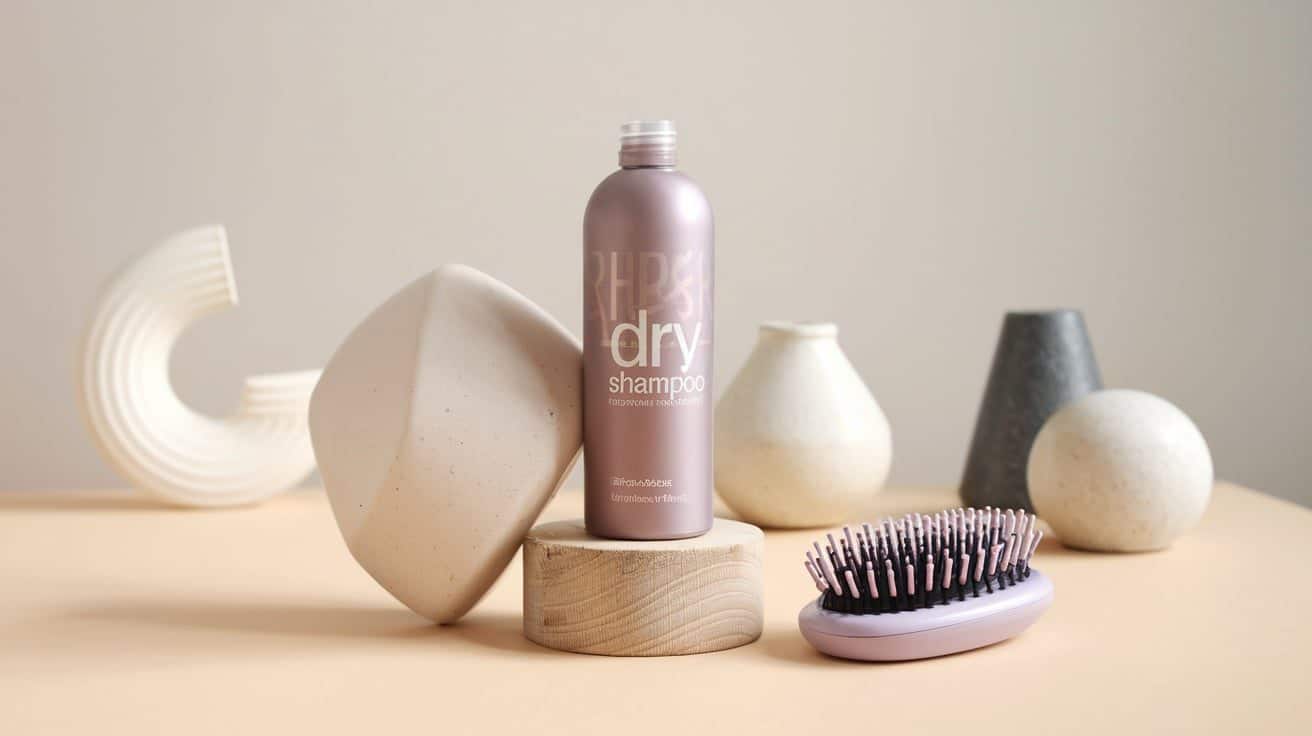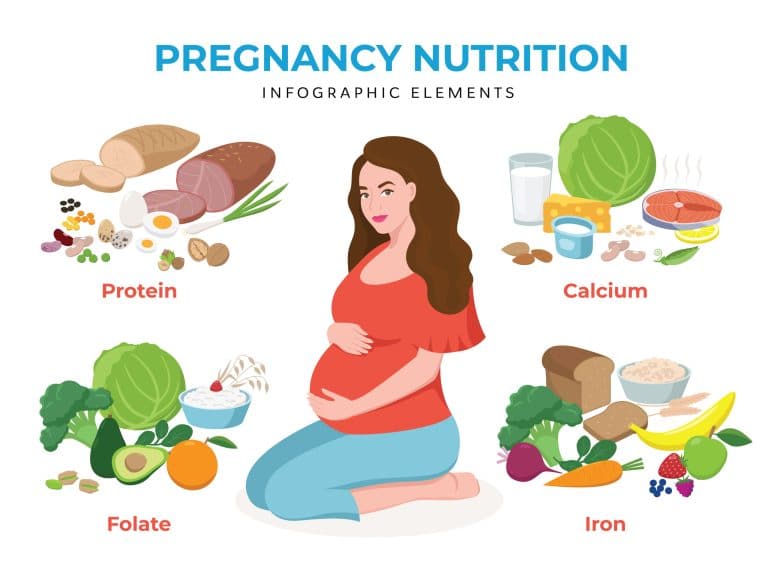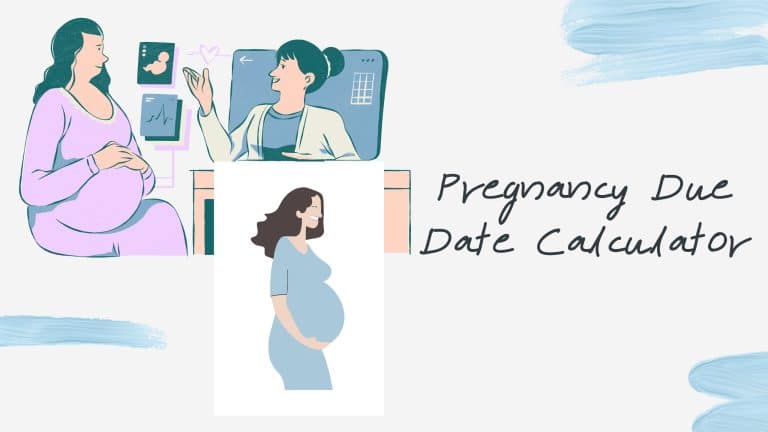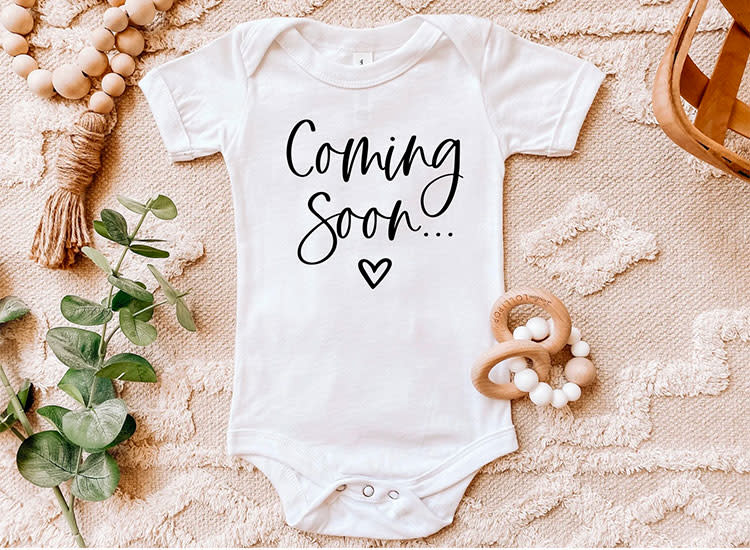Being a new mom is overwhelming. The first few weeks after having a baby bring so many changes – both physical and emotional.
And with hundreds of products marketed to new mothers, it’s hard to know what you truly need.
I wrote this guide after having two babies (and buying way too many unnecessary items). As a mom and certified postpartum doula, I know exactly what helps during recovery and early motherhood.
In this article, you’ll find a complete list of 31 postpartum essentials that actually make life easier.
Each item is something I’ve personally used and recommended to my clients. I’ll explain why you need each item and how it helps during the recovery phase.
Postpartum Recovery Essentials
1. Peri Bottle
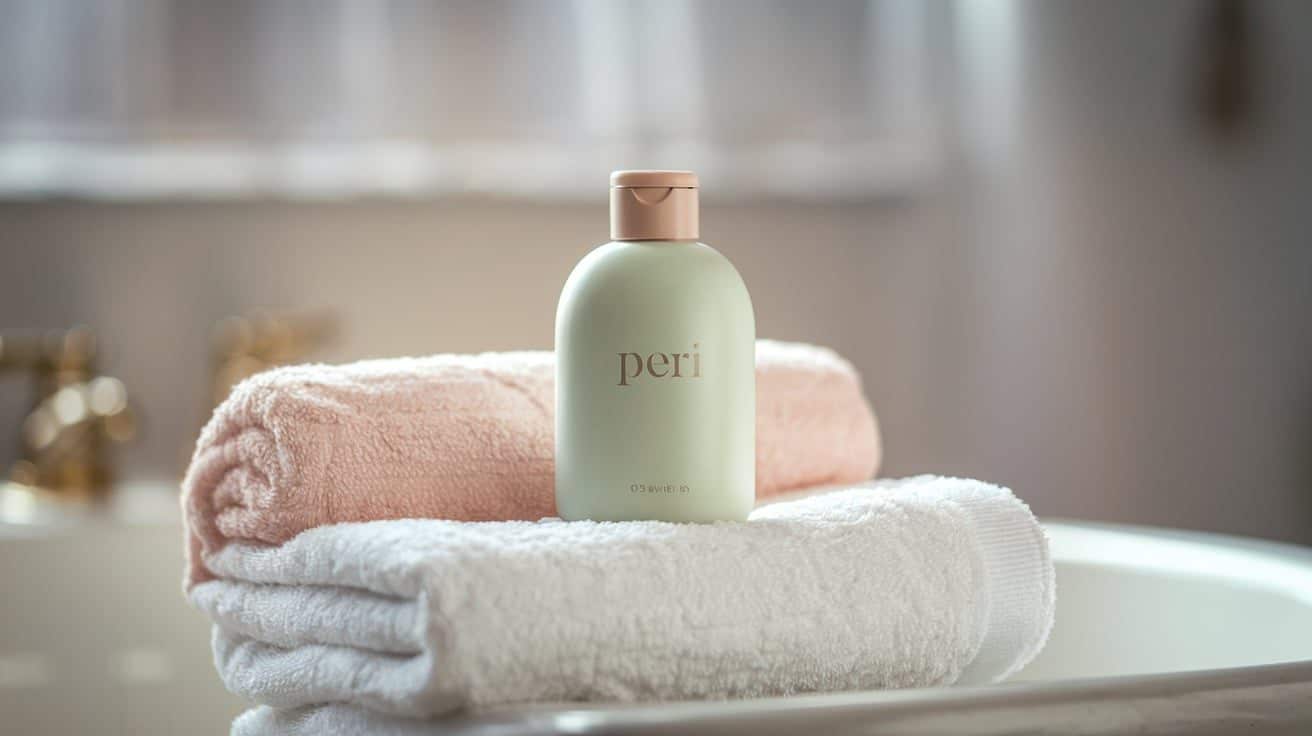
What It Is
A specialized squeeze bottle designed for personal hygiene during postpartum recovery.
How to Use
- Fill the bottle with warm water
- After using the bathroom, hold the bottle at an angle
- Gently squeeze to spray water over the perineal area
- Cleanse without rubbing or causing irritation
Tips
- Use warm water for comfort and to reduce stinging
- Keep a bottle in each bathroom for convenience
- Look for bottles with an angled spout for easier use
- Continue using until you feel completely healed
2. Witch Hazel Pads
What They Are
Medicated pads containing witch hazel are known for their soothing and healing properties.
How to Use
- Place directly on maternity pajamas or underwear
- Change pads each time you change your sanitary pad
- It can be used to provide cooling relief and reduce inflammation
Tips
- Store pads in the refrigerator for an enhanced cooling effect
- Layer multiple pads for extra coverage if needed
- Choose alcohol-free witch hazel pads for gentler treatment
- Consult with a healthcare provider about the frequency of use
3. Cooling Spray (like Dermoplast)
What It Is
A topical spray designed to provide numbing and cooling relief to the perineal area.
How to Use
- Shake the bottle well before use
- Hold the bottle a few inches away from the perineal area
- Spray lightly and evenly
- Reapply as directed on the product label
Tips
- Use after each bathroom trip or as needed for relief
- Test a small area first to ensure no skin irritation
- Keep the spray at room temperature for maximum comfort
- Avoid overusing or applying to broken skin
4. Maternity Pads/Adult Diapers
What They Are
Specialized, extra-absorbent pads designed for postpartum bleeding and discharge.
How to Use
- Place inside a disposable mesh or regular underwear
- Change every 2-4 hours or more frequently if needed
- Select appropriate absorbency based on your flow
Tips
- Keep both heavy-flow and light-flow pads on hand
- Choose unscented pads to reduce the risk of irritation
- Change pads frequently to maintain hygiene
- Use overnight pads for added protection during sleep
5. Disposable Mesh Underwear
What They Are
Stretchy, disposable underwear designed for postpartum comfort and protection.
How to Use
- Step into the mesh underwear
- Adjust to fit snugly over your maternity pad
- Discard after each use
Tips
- Buy extra pairs for the first week postpartum
- Appreciate the stretchable and breathable design
- Ideal for C-section recovery
- Provides easy access for pad changes
- Helps protect clothing from potential leaks
6. Sitz Bath
What It Is
A shallow basin soaks the perineal area to promote healing and provide relief.
How to Use
- Place the sitz bath basin over your toilet seat
- Fill with warm water
- Optional: Add healing ingredients like Epsom salts or herbal infusions
- Sit and soak for 15-20 minutes
Tips
- Use 2-3 times daily for optimal relief
- Gently pat the area dry with a soft, clean towel
- Ensure the water is comfortably warm, not hot
- It can help reduce swelling and promote healing
7. Stool Softener
What It Is
A medication designed to make bowel movements easier and less painful during postpartum recovery.
How to Use
- Take as directed by your healthcare provider
- Typically taken once or twice daily
- Follow dosage instructions carefully
Tips
- Stay well-hydrated
- Eat fiber-rich foods to prevent constipation
- Do not skip doses, especially in the first week postpartum
- Consult your healthcare provider about the duration of use
- Combine with gentle physical activity when possible
Breastfeeding and Nursing Essentials
8. Nursing Bras and Tanks
What They Are
Specialized clothing designed to provide support and easy access for breastfeeding mothers.
How to Use
- Choose bras with soft, stretchy fabric
- Look for one-handed clasp designs
- Ensure a comfortable fit that accommodates changing breast size
Tips
- Get fitted professionally
- Have multiple bras to rotate
- Consider different styles for day and night
- Look for moisture-wicking fabrics
9. Breast Pads
What They Are
Absorbent pads are placed inside the bra to prevent milk leakage.
How to Use
- Place inside nursing bra or tank
- Change frequently to avoid moisture buildup
- Use overnight to protect bedding
Tips
- Have both disposable and reusable options
- Choose pads with a waterproof backing
- Change pads when damp to maintain skin health
10. Nipple Cream
What It Is
A soothing balm designed to protect and heal sore or cracked nipples.
How to Use
- Apply a small amount after each feeding
- Gently massage into nipples
- There is no need to remove it before the next feeding
Tips
- Look for hypoallergenic, fragrance-free options
- Apply sparingly
- Consult a lactation consultant for persistent pain
11. Breast Pump
What It Is
A device extracts milk from the breasts, allowing storage and bottle feeding.
How to Use
- Follow the manufacturer’s instructions carefully
- Ensure proper fit of breast shields
- Clean all parts thoroughly after each use
- Store expressed milk correctly
Tips
- Consider renting a hospital-grade pump initially
- Learn proper pumping techniques
- Have spare parts and bottles on hand
- Consult a lactation expert for personalized advice
12. Milk Storage Bags
What They Are
Specialized bags designed to store expressed breast milk safely.
How to Use
- Label bags with the date and amount of milk
- Store in freezer or refrigerator
- Follow proper storage guidelines
Tips
- Choose bags with strong seals
- Lay flat when freezing for efficient storage
- Use the oldest milk first
- Follow CDC guidelines for milk storage times
13. Nursing Pillow
What It Is
A specialized pillow that supports both mother and baby during breastfeeding.
How to Use
- Position a pillow around your waist
- Place baby on the pillow for proper alignment
- It helps prevent back and arm strain
Tips
- Try different positions for comfort
- Use in bed, chair, or couch
- Some pillows can double as pregnancy support pillows
14. Nipple Shields
What They Are
Thin, flexible silicone covers to help with latching difficulties.
How to Use
- Use only under professional guidance
- Place over nipple before feeding
- Clean thoroughly after each use
Tips
- Temporary solution for specific challenges
- Consult a lactation specialist for proper use
- Remove if causing discomfort or reducing milk supply
Pain Relief and Comfort Essentials
15. Pain Relievers
What They Are
Medications approved by healthcare providers to manage postpartum pain.
How to Use
- Take only medications approved by your healthcare provider
- Follow precise dosage instructions
- Pay attention to timing and frequency
- Consider medications compatible with breastfeeding
Tips
- Consult your doctor about safe options
- Keep track of medication times
- Never exceed the recommended dosage
- Be aware of potential side effects
16. Heating Pad
What It Is
A therapeutic device to relieve muscle aches and tension.
How to Use
- Place on areas of discomfort
- Use on the lowest heat setting
- Limit continuous use to 15-20 minutes
- Place a thin cloth between the pad and the skin
Tips
- Choose pads with auto-shut-off for safety
- Use for muscle relaxation
- It can help with uterine cramping
- Alternate with cold therapy as recommended
17. Ice Packs
What They Are
Cold therapy tools to reduce swelling and numb pain.
How to Use
- Wrap in a thin cloth to prevent direct skin contact
- Apply to swollen or painful areas
- Use for 15-20 minutes at a time
- Allow skin to return to normal temperature between applications
Tips
- Keep multiple ice packs in the freezer
- Use specially designed postpartum ice packs
- Help reduce inflammation after birth
- Combine with other pain management techniques
18. Comfortable Loungewear
What It Is
Soft, loose-fitting clothing for postpartum comfort and recovery.
How to Use
- Choose soft, stretchy fabrics
- Select items with easy breastfeeding access
- Prioritize comfort over style
- Layer for temperature regulation
Tips
- Opt for button-down or wrap-style tops
- Choose high-waisted, soft pants or shorts
- Consider moisture-wicking fabrics
- Have multiple sets for easy rotation
19. Compression Socks
What They Are
Specialized socks to improve blood circulation and reduce swelling.
How to Use
- Put on in the morning or as recommended
- Ensure proper fit
- Wear during periods of rest or limited movement
- Remove when sleeping or as directed
Tips
- Choose medical-grade compression socks
- Consult healthcare providers about the use
- It can help prevent blood clots
- It is particularly beneficial after a cesarean section
20. Cozy Robe
What It Is
A soft, comfortable garment for relaxation and convenience.
How to Use
- Wear over loungewear or nightclothes
- Use for easy nursing access
- Provides warmth and comfort
- Suitable for hospital stay and home recovery
Tips
- Choose soft, washable fabrics
- Select a robe with pockets
- Consider length and warmth level
- Have a backup robe for laundry days
Hydration and Nutrition Essentials
21. Large Water Bottle with Straw
What It Is
A hydration tool designed to encourage consistent water intake.
How to Use
- Keep within easy reach
- Refill regularly throughout the day
- Use a straw for easy drinking while nursing or resting
Tips
- Choose a bottle with volume markings
- Aim for consistent hydration
- Consider insulated options to keep water cool
- Clean thoroughly and regularly
22. Healthy Snacks
What They Are
Nutritious, easy-to-eat foods to support postpartum recovery and breastfeeding.
How to Use
- Keep snacks easily accessible
- Choose nutrient-dense options
- Prepare snack packs in advance
- Eat small, frequent meals
Tips
- Include protein-rich foods
- Choose foods that are easy to eat one-handed
- Consider lactation-supporting snacks
- Stay mindful of any dietary restrictions
23. Postnatal Vitamins
What They Are
Nutritional supplements designed for postpartum recovery and breastfeeding.
How to Use
- Take as directed by a healthcare provider
- Consistent daily intake
- Best taken with food
- Follow recommended dosage
Tips
- Consult with a healthcare provider about specific needs
- Consider continuing prenatal vitamins
- Some vitamins may support milk production
- Stay hydrated when taking supplements
Mental and Emotional Well-being Essentials
24. Postpartum Support Group or App Subscription
What It Is
A resource for connecting with other new parents and accessing emotional support.
How to Use
- Join online or in-person groups
- Participate regularly
- Share experiences and challenges
- Listen to others’ stories
Tips
- Choose groups that feel supportive
- Be kind to yourself
- Don’t hesitate to seek professional help if needed
- Consider both online and local support options
25. Journal
What It Is
A personal space for recording thoughts, feelings, and baby milestones.
How to Use
- Write regularly, even if briefly
- Document emotions and experiences
- Track baby’s development
- Use as a therapeutic tool
Tips
- There is no pressure to write perfectly
- Keep a journal and pen nearby
- Consider prompts if struggling to write
- Use as a memory keeper
26. Calming Teas
What They Are
Herbal infusions are designed to promote relaxation and well-being.
How to Use
- Brew according to package instructions
- Drink when feeling stressed or overwhelmed
- Consider timing with breastfeeding
- Enjoy as a moment of self-care
Tips
- Choose caffeine-free options
- Consult healthcare provider about ingredients
- Use as a mindful relaxation technique
- Experiment with different flavors
Rest and Sleep Essentials
27. Eye Mask
What It Is
A light-blocking accessory to improve sleep quality.
How to Use
- Wear during sleep or rest periods
- Adjust for a comfortable fit
- Use to block out light during daytime rest
Tips
- Choose soft, breathable materials
- Consider cooling or warming options
- Wash regularly
- Use in combination with other sleep aids
28. Earplugs
What They Are
Noise-reducing devices to minimize disruptive sounds.
How to Use
- Insert correctly for maximum noise reduction
- Use during sleep or when needing quiet
- Keep clean and replace regularly
Tips
- Choose comfortable, soft materials
- Consider different noise reduction levels
- Practice inserting for proper fit
- Store in a clean, dry place
29. Soft Blanket
What It Is
A comfortable, cozy covering for rest and comfort.
How to Use
- Use during nursing or resting
- Provide warmth and comfort
- Easy to wash and replace
Tips
- Choose soft, machine-washable materials
- Consider lightweight options for layering
- Have multiple blankets for rotation
- Use as a comfort item
Additional Helpful Items
30. Baby Carrier or Wrap
What It Is
A wearable device for keeping baby close while maintaining hands-free mobility.
How to Use
- Follow safety instructions carefully
- Adjust for proper fit and support
- Practice wearing with supervision
- Ensure baby is in the correct position
Tips
- Learn different carrying positions
- Start with short periods
- Consult instructions for age and weight guidelines
- Choose breathable materials
31. Dry Shampoo
What It Is
A hair cleaning product for quick refresh without water.
How to Use
- Spray or sprinkle on roots
- Massage into scalp
- Brush out excess product
- Use regular hair-washing
Tips
- Choose a formula suitable for your hair type
- Use sparingly
- Keep hair health in mind
- Consider as a temporary solution
Wrapping it Up!
Taking care of yourself matters as much as taking care of your baby. As a new mom, you need the right supplies to heal, rest, and feel supported during this big life change.
I hope this list helps you prepare for postpartum life without wasting money on items you won’t use.
These 31 essentials have helped countless moms in my practice feel more comfortable and confident in their first weeks with a new baby.
Remember: Every mom’s needs are different. Start with the basics from this guide, and add items as you figure out what works for you.
Leave a comment below to share what helped you most during your postpartum period – your experience might help another mom prepare for this special time.
Frequently Asked Questions
What Do Moms Need Most After Birth?
Moms primarily need physical recovery support, emotional care, and practical assistance with daily tasks.
What Do You Bring to a Postpartum Mom?
The most meaningful support includes prepared meals, practical help like household chores, emotional support through listening and validation, and thoughtful self-care items.
What is the 5 5 5 Rule for Postpartum?
The 5 5 5 rule is a recovery guideline that suggests 5 days in bed, 5 days around the bed with minimal movement, and 5 weeks of gentle recovery and gradual return to normal activities.

